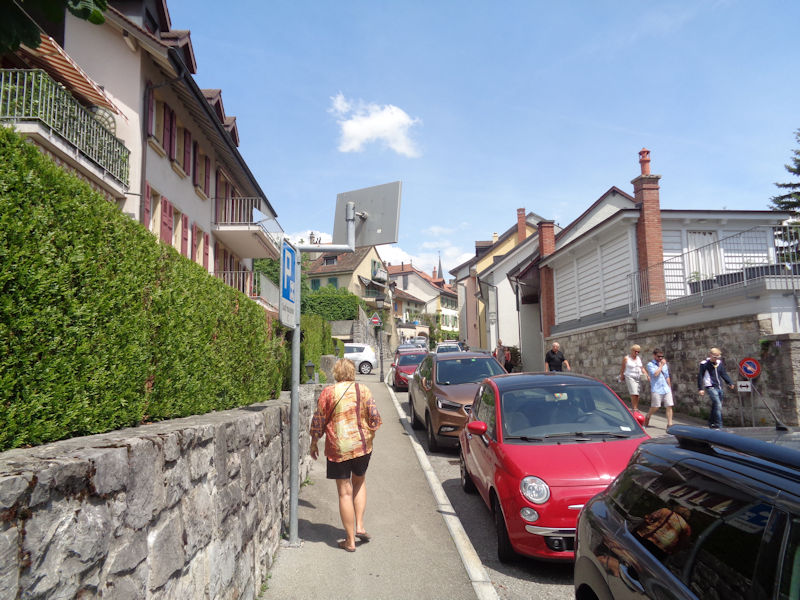Pully is a lakeshore suburb of Lausanne, just to the east of the Ouchy port, with about 18,000 citizens, nearly 30% of whom are foreign nationals. Until 2006 it was part of the District of Lausanne but it's been reorganized into the new District of Lavaux-Oron.
You
may not find this terribly rewarding unless you're included here, so this is a
good time for casual and random browsers to turn back before they get too caught
up in the sweep and majesty of the proceedings and can't let go.
Remains of a large Roman villa have been uncovered here, and some vestiges of buildings have been found dating from the Carolingian period. The vineyards were donated in the 10th century by the Kingdom of Burgundy to the wealth and powerful Priory of Payerne, which retained ownership of them until the Bernese takeover in 1536.

We're walking up from the lakeside at about 375m altitude towards the old centre, something like 425m. The municipal jurisdiction extends farther up hill through Pully-Nord (475m) and through forested lands to the Monts-de-Pully at just over 800m. Despite the fame of the Lavaux wines of this region, presently less than 3% of Pully is occupied by vineyards.

For much of the Middle Ages, the Bishops of Lausanne held the feudal rights to most of the jurisdiction of Pully, which became a partially independent commune in the 1200s, offically chartered in 1368, and the bishops conveyed those rights to various local noble families over time, especially to the Counts of Geneva, until the Bernese invaded the Canton of Vaud in 1536. Bern administered Pully under the Bailiwick of Lausanne until Napoleon arrived, and thereafter, in 1803, Vaud joined the Swiss Confederation. That's it in a nutshell.

The Rue du Midi continuing uphill from . . .

. . . the Musée d'art de Pully.

We're here for the exposition of the Lake Geneva (Lac Léman) landscapes of Ferdinand Hodler (1853-1918), the famous Swiss painter who is beloved by people who love Hodler's work. One of whom is with us in our party today.

Once that's been taken care of, we can continue our desultory explorations of the old town up the Rue du Midi (of 'noon' or of 'the south'; it's facing downhill due south).


At the top of the Rue du Midi, we're at the intersection of the Rue du Centre to our right and the Rue de la Gare off to the left. In fact, there are two rail stations in Pully, because the trains out of Lausanne bifurcate with one station for the main line towards Italy -- the Pully gare -- and one for the line that has turned north towards the capital city of Berne -- the gare at Pully Nord.

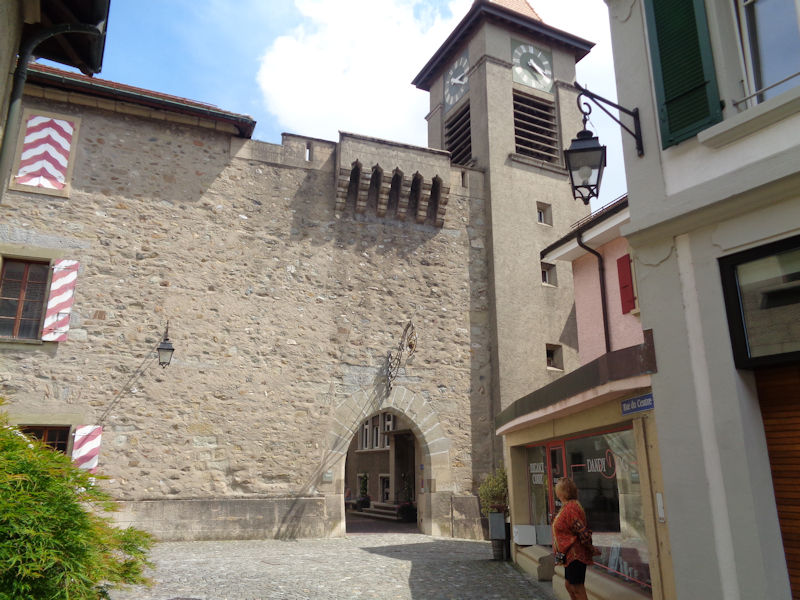
This is part of the huge Le Prieuré, the priory court of the Cluniac monastery in Payerne some 40-odd kilometres to the north that was founded by Queen Bertha of Burgundy in about 960 and held properties all over the region until the time of the Protestant Reformation.

This is where you come if your dog is truly dandy.
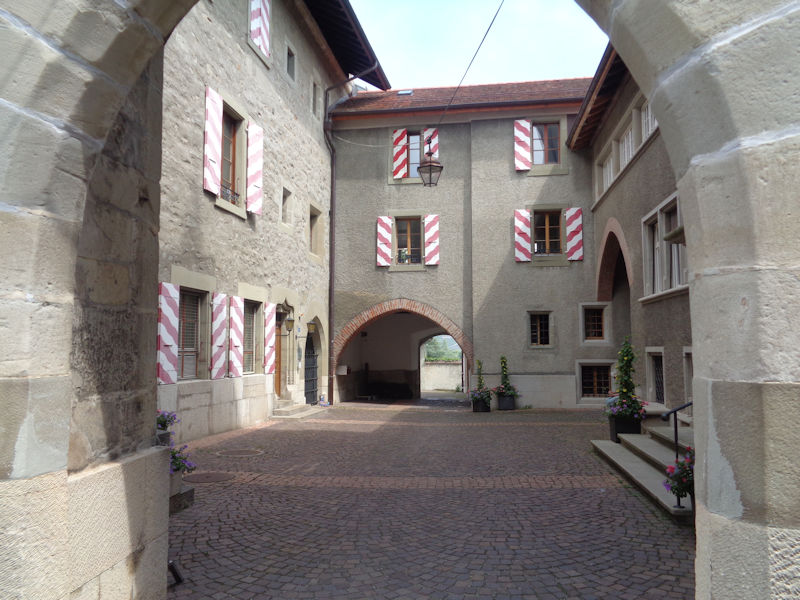
This part of the Priory complex evidently houses the city administration
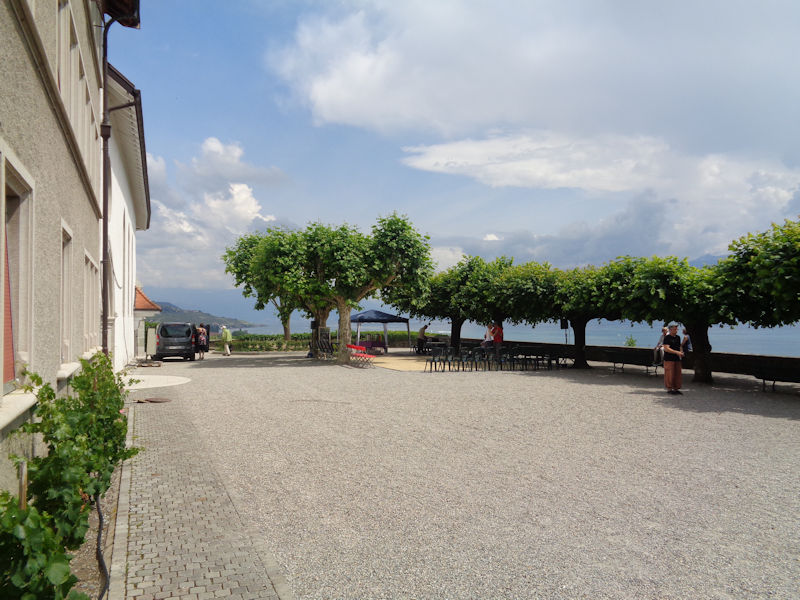
The terrasse in front of the Priory overlooking the Lac Léman
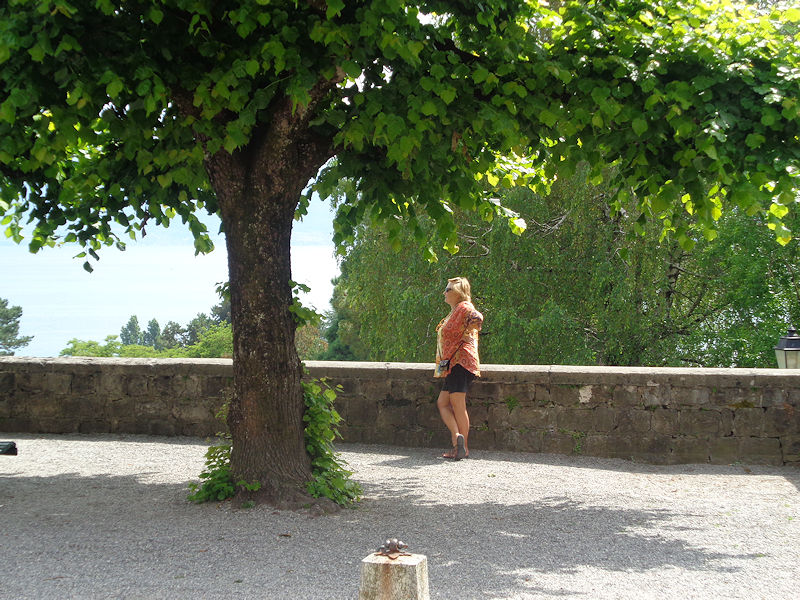
Our party relaxing during our walk for some sightseeing

Lake Geneva extending to the south and east up into the Rhône river and the Valaisan Alps

The Port de Pully. Somewhere down there near the Route du Lac is the Collège Champittet, an international school where daughter Marlowe spent some time in the mid-'90s.

Into the parish church of St Germain, part of the old Priory

The original church of the Priory was built in the 14th century, renovated in the 15th, repaired in 1621, then enlarged and restored in 1921. Alas it was destroyed in a fire in April 2001 and entirely renovated in 2002-2004. During the 1921 restorations, the foundations were discovered of a 10th century sanctuary dedicated to St Maurice.
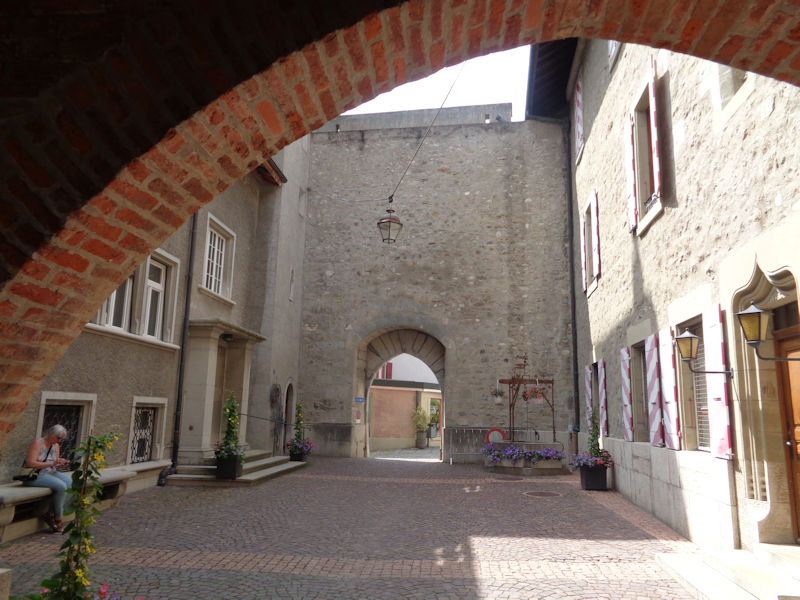

During the creation of this terrace of the Le Prieuré building in the 1970s, the corner of a large imperial Roman era villa was discovered, with evidence that it was in use from the late 1st century at least until the 5th, after which it appears that it was succeeded by a Christian burial chapel that formed the nucleus of the medieval town itself. (The Roman villa seems now to be one of the tourist attractions of the town, but we weren't to know that were we?)


A look back at the church of St Germaine

The Rue de la Poste, in front of the Priory

The Rue de la Post westward

Le Prieuré and (on the right) the Restaurant du Prieuré

Back down the hill

Down the Ruelle du Croset to . . .
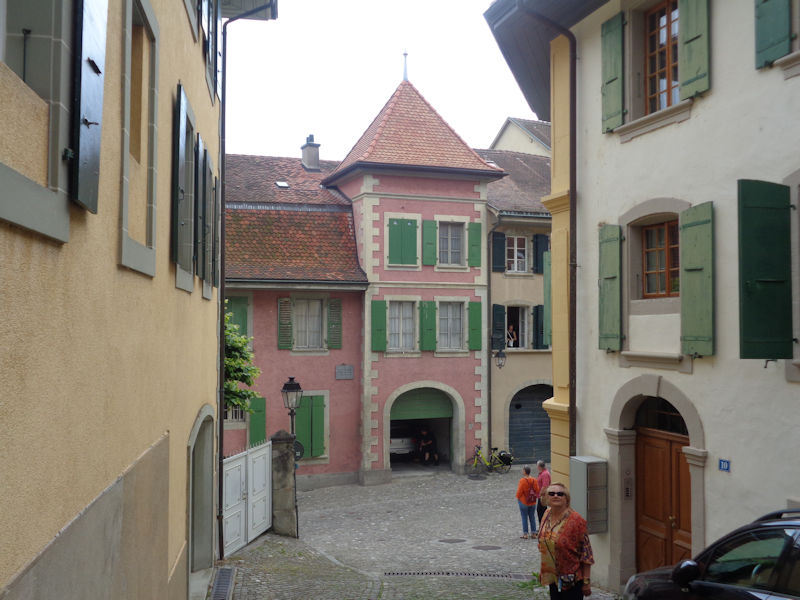
. . . guess what?
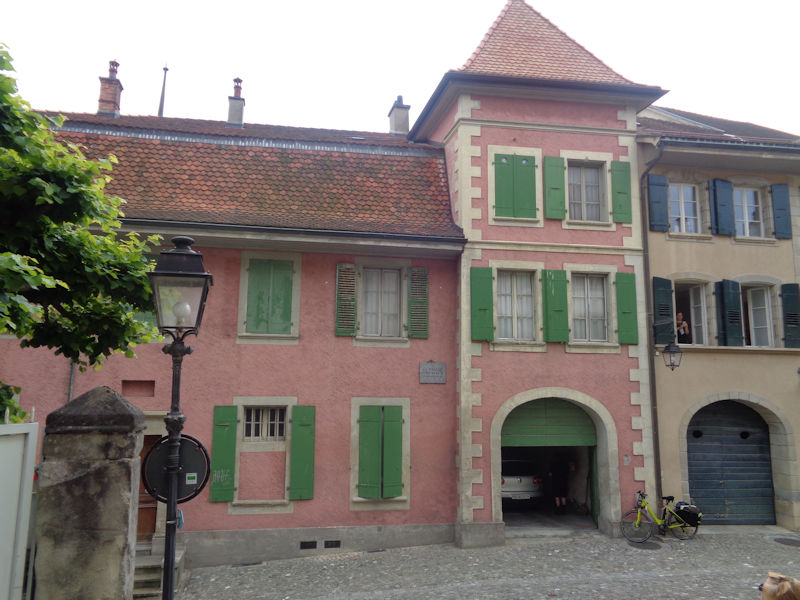
The former home of the wonderful Swiss-French author Charles-Ferdinand Ramuz, who lived here from 1930 to his death in 1947.
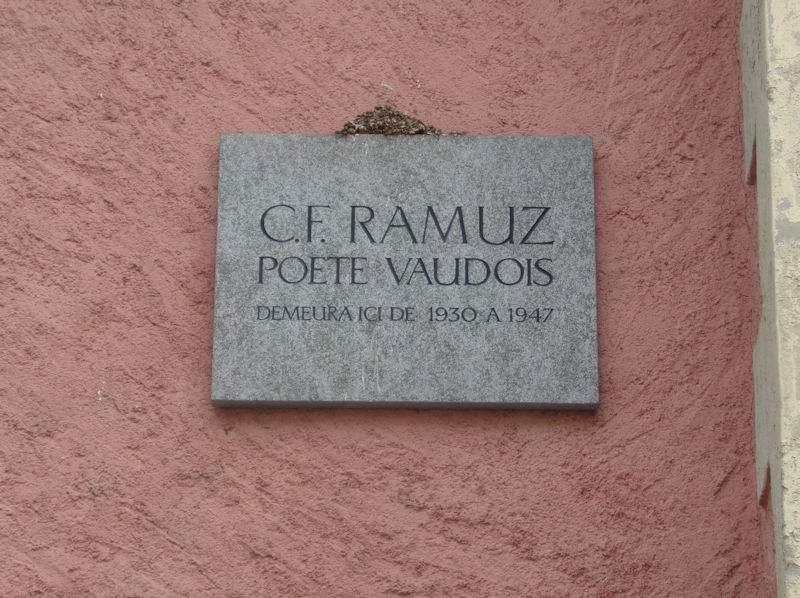
A pilgrimage, almost. (My English translation of Ramuz's Derborence, first published in 1936, is available here in PDF format. 'When the mountain fell down'!)

 Dwight Peck's personal website
Dwight Peck's personal website